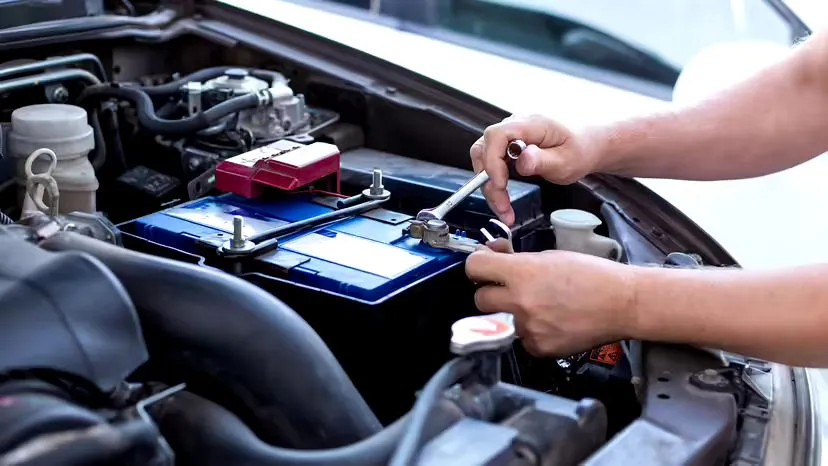Replacing a car battery is a straightforward maintenance task that ensures your vehicle remains reliable and ready to start. Whether you use a conventional lead–acid starter battery or an advanced design, correct installation is crucial to avoid electrical damage, maintain performance, and extend battery life.

This guide outlines how to replace your car battery safely, from recognising when replacement is necessary to installing the new unit correctly. It also includes best practices for safety, maintenance tips, and answers to common questions — helping you avoid costly mistakes while keeping your vehicle in peak condition.
1. When to Replace Your Battery
Most lead–acid car batteries last 3–5 years under normal driving conditions. In mild climates with proper care, some may last longer, but exceeding 10 years is rare.
Signs your battery may need replacing:
- Slow or laboured engine cranking.
- Dim headlights or flickering dashboard lights.
- A “Battery” or “Check Engine” warning light.
- Visible swelling or corrosion on the battery case or terminals.
2. Tools You Will Need
Before starting, prepare the correct tools:
- 10 mm socket wrench – for loosening terminal clamps.
- 12 mm socket with extension – for removing the tie-down bracket.
- Wire brush or terminal cleaner – for removing corrosion.
- Protective gloves and safety goggles – to protect against acid and sparks.
- Battery lifting strap or handle (optional) – to lift heavy batteries safely (typically 15–25 kg).

3. Safely Removing the Old Battery
- Locate the terminals – Positive (+) is usually red; Negative (−) is black.
- Disconnect in the correct order – Remove the negative cable first, then the positive.
- Remove the tie-down bracket – Use a 12 mm socket to free the clamp or bolts.
- Lift the battery carefully – Avoid tipping it to prevent acid spills.
4. Preparing for the New Battery
- Clean the compartment – Use a wire brush to clear corrosion from the tray and connectors.
- Verify specifications – Ensure voltage (usually 12 V), Cold Cranking Amps (CCA), terminal layout, and case size match your vehicle’s requirements.
5. Installing the New Battery
- Place the new battery securely in the tray.
- Secure the tie-down bracket.
- Remove terminal caps if fitted.
- Connect the positive (+) terminal first, then the negative (−).
- Tighten connections — firm but not overtightened.
6. Safety Best Practices
- Always wear gloves and goggles.
- Avoid touching both terminals with a tool at the same time.
- Never smoke or create sparks near the battery.
- Recycle the old battery at an authorised collection centre.
7. Common Mistakes to Avoid
- Reversing polarity — can damage the car’s electrical system.
- Loose terminal connections — can cause intermittent starting issues.
- Skipping corrosion cleaning — reduces conductivity.
FAQs
Conclusion
Replacing your car battery is a manageable task with the right preparation, tools, and safety precautions. By following the correct removal and installation steps, you can avoid electrical damage, ensure reliable starting, and extend battery life. For complex vehicles or advanced electrical systems, professional installation is the safest choice.
1. J. D. Halderman — Automotive Technology: Principles, Diagnosis, and Service, 5th Ed. (2016). ISBN-13: 9780133994612
2. D. Sclar — Auto Repair for Dummies, 2nd Ed. (2008). ISBN-13: 9780764599026
3. IEC 60095-1:2021 – Lead-acid starter batteries – Part 1: General requirements and methods of test.

